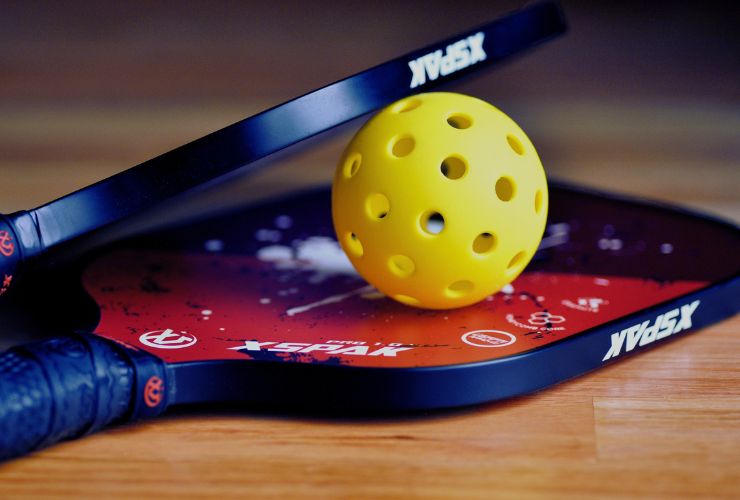What Is A Fault In Pickleball? (3 Most Often)
Pickleball is a paddle sport created for all ages and skill levels. The game is played on a badminton-size court with a net similar to a tennis net. Players use solid paddles to hit a perforated polymer ball over the net.
The game can be played as singles or doubles. Pickleball is a great way to exercise and enjoy time with family and friends. The game is easy to learn but can be challenging to master. Whether a beginner or a seasoned player, Pickleball is a fun game for everyone.
What is a fault in Pickleball? There are a few different types of faults in Pickleball. The most common type of fault is when the server fails to hit the ball in the proper service area. This results in the server’s loss of serve or side out.
Another fault can occur when the serving team fails to return the ball over the net. This also results in a loss of serve or side out. Finally, a fault can also occur when the ball hits the ground on the serving team’s side of the court before being hit by the serving team. This results in a point for the opposing team.
What are 3 faults in Pickleball?
In Pickleball, three main faults can be committed. These are hitting the ball out of bounds, hitting the ball into the net, and not adhering to the two-bounce rule. Hitting the ball out of bounds is a fault because the ball has not been hit within the playing area. This can be frustrating for opponents as they cannot gain the point.
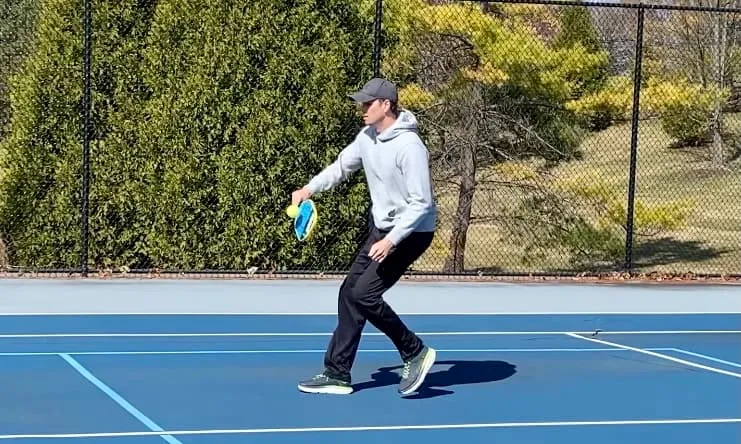
Hitting the ball into the net is also a fault. This is because the ball has not been hit over the net and into the opponent’s court. This can be frustrating for opponents as they have been denied a point.
Not adhering to the two-bounce rule means that the player must let the ball bounce twice before hitting it, and if they do not, they will lose the point.
What is an example of a fault in Pickleball?
A fault in Pickleball is hitting the ball into the net on a serve or return. Players make this common mistake, and it can be costly in terms of points.
A few ways to avoid this fault include hitting the ball over the net on a serve or keeping your eye on the ball when returning. If you are aware of this fault and can avoid it, you will be at a significant advantage over your opponents.
What is not considered a fault when playing Pickleball?
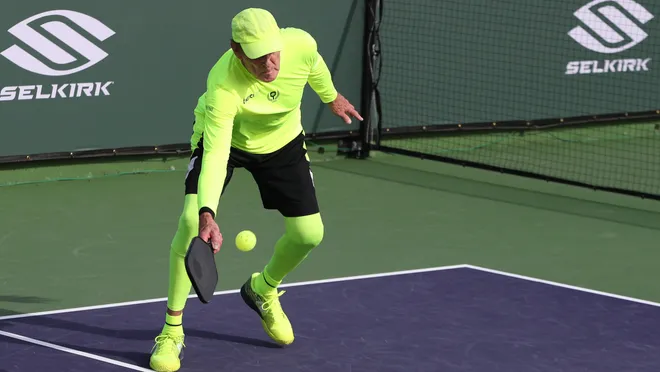
There are a few things that are not considered faults when playing Pickleball. One of these is if the player steps into the NVZ when hitting a ball that has bounced. This is not considered a fault because the player is not touching the line when they hit the ball.
Another thing that is not considered a fault is if the player hits the ball before it has bounced. This is not considered a fault because the player is not breaking the game’s rules.
Who can call a fault in Pickleball?
There are a few different scenarios in which a player or referee can call a fault in Pickleball. It is considered a fault if the ball touches anything on the court other than the paddle or net. This includes if the ball goes out of bounds, hits a player, or hits a piece of equipment.
If the ball hits the ground twice before being hit by the paddle, it is also considered a fault. Another scenario in which a fault can be called is if a player hits the ball before it has bounced. A player who hits the ball out of bounds is also considered a fault.
Can You Foot Fault In Pickleball?
You’ll be called for a foot fault if you step over the service line while serving or the no-volley zone line while hitting. This can be a real bummer, as it means your opponent gets the point automatically.
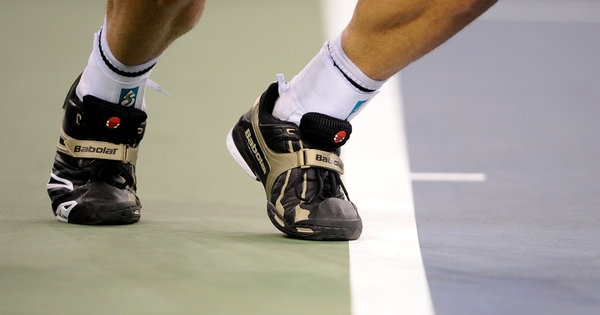
There are a few things you can do to avoid foot faults. First, make sure you know where the lines are. Second, do not step over them when you’re serving or hitting third. If you happen to step over a line, quickly backup and continue playing. With a bit of practice, you’ll be able to avoid foot faults and keep the game going strong.
Frequently Asked Question
Can you talk during Pickleball?
A player can only make a line call on their section of the pickleball court. This rule is in place to prevent arguments and confusion in court. If a player makes a line call outside their section, it will be considered an infraction, and they will lose the point.
Players can talk to each other during the game but should avoid talking while the ball is in play. Doing so can distract other players and cause them to lose focus. If a player talks while the ball is in play, they will receive a warning from the referee.
What is the 10-second rule in Pickleball?
When the score is called in Pickleball, the server has 10 seconds to take their serve. This is known as the 10-second rule.
If the server does not take their serve within 10 seconds, they will lose the point. The 10-second rule is in place to keep the game moving and to prevent players from stalling.
Pickleball is fast-paced, and the 10-second rule helps keep it that way. Players must be quick on their feet and ready to hit the ball at a moment’s notice.
The 10-second rule is just one of the many rules that make Pickleball an exciting and challenging game. Whether a beginner or a seasoned player, you’ll always have to be on your toes when playing Pickleball.
How many let’s are allowed in Pickleball?
There is no restriction on the number of lets served during a game. However, the player must attempt to return the ball. If the ball hits the ground, it is considered a fault, and the point is awarded to the other player.
While there is no limit to how many let serves can be called during a game, players should know that each let counts as one point. Therefore, if you consistently call let serves, you may be at a disadvantage.
Conclusion:
A fault in Pickleball is a technicality that can result in a player losing a point. This can happen if the player hits the ball out of bounds, misses the ball entirely, or if the player hits the ball before it has had a chance to bounce.
While faults can be frustrating, they are an essential part of the game and help to keep things fair. To avoid these errors, players must be aware of their surroundings and hit the ball within the boundaries of the court.

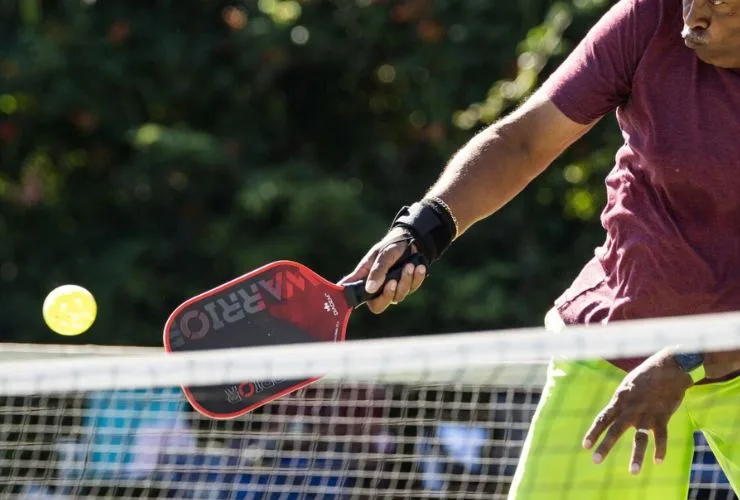
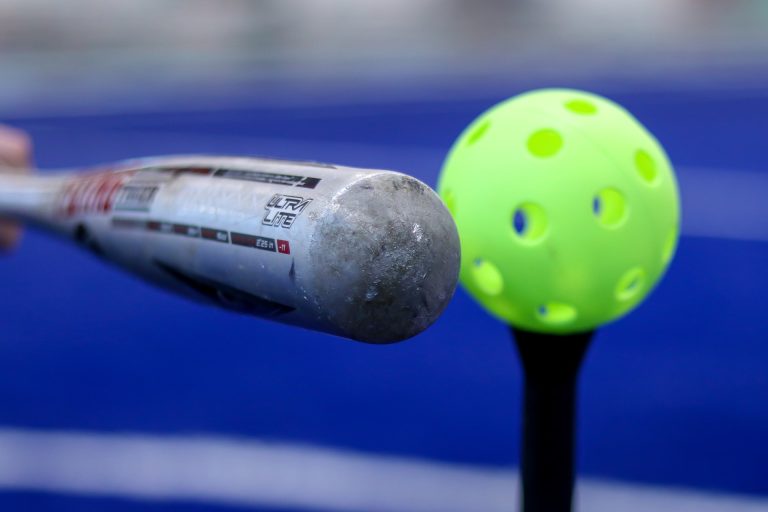
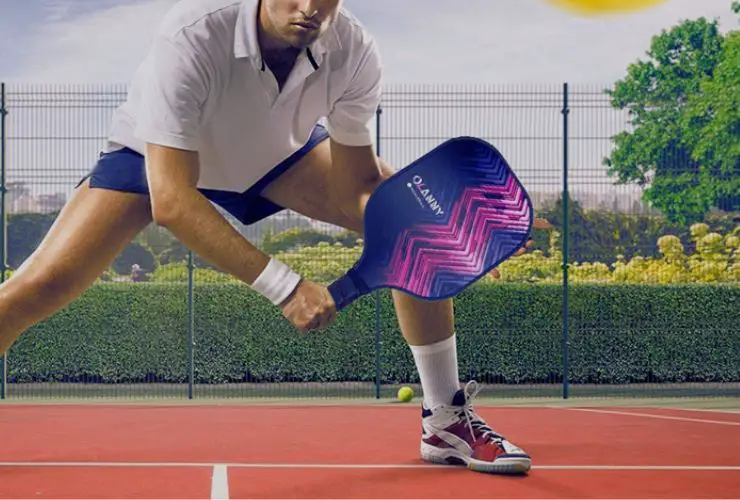
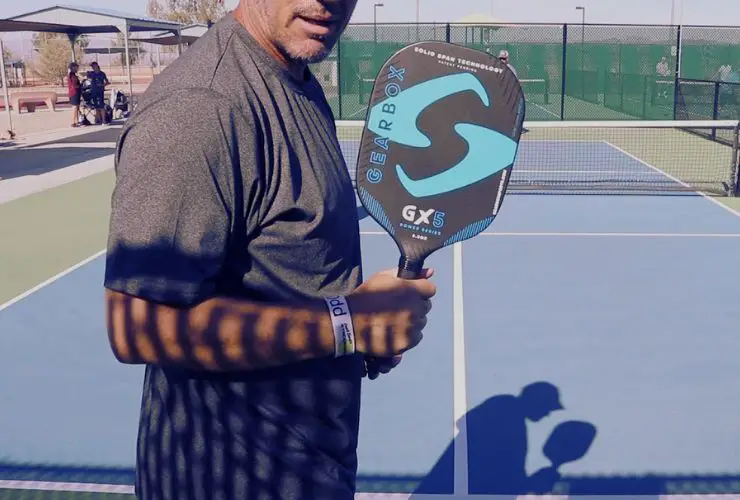
![Is a Heavy or Light Pickleball Paddle Better for Tennis Elbow?[Answered]](https://pickleballyard.com/wp-content/uploads/2023/05/Is-a-Heavy-or-Light-Pickleball-Paddle-Better-for-Tennis-Elbow-jpg.webp)
